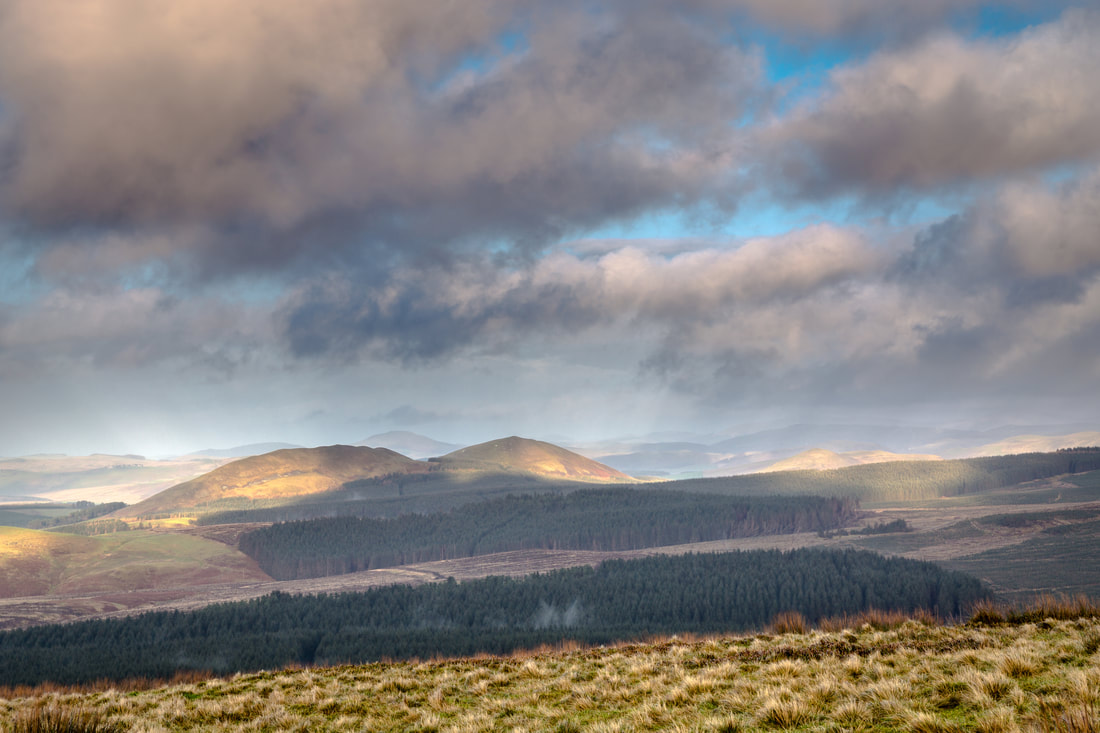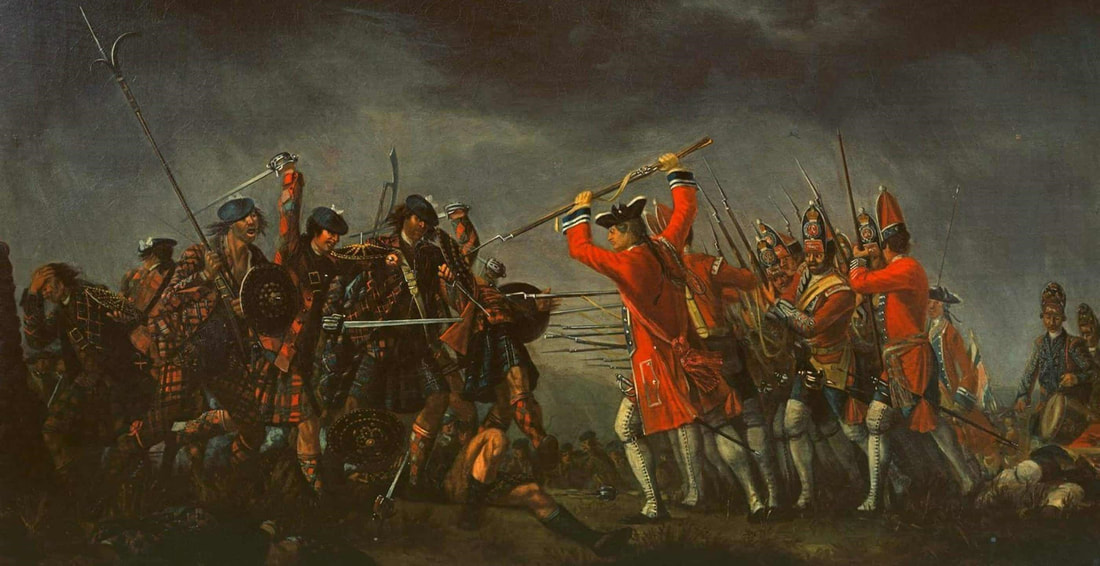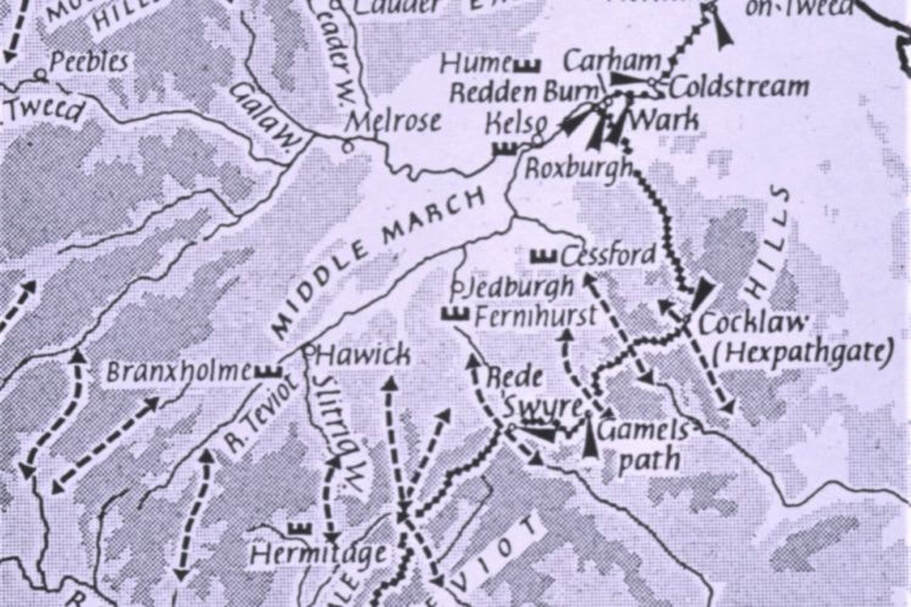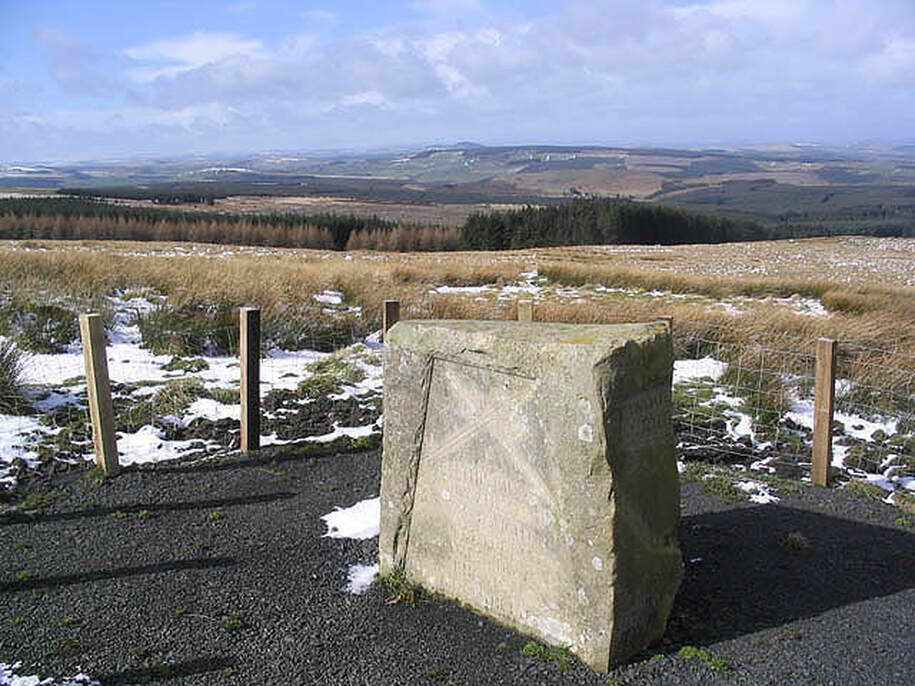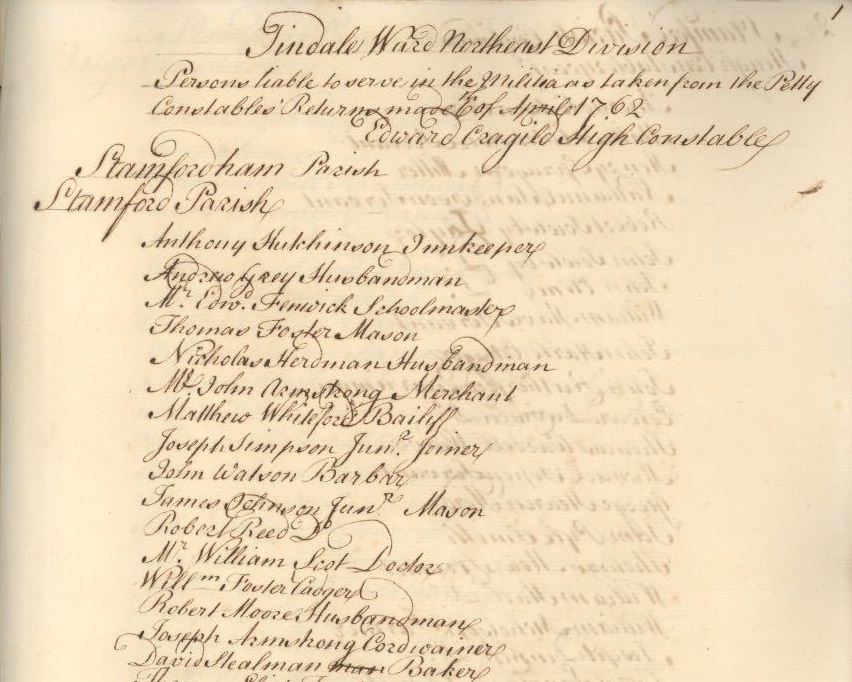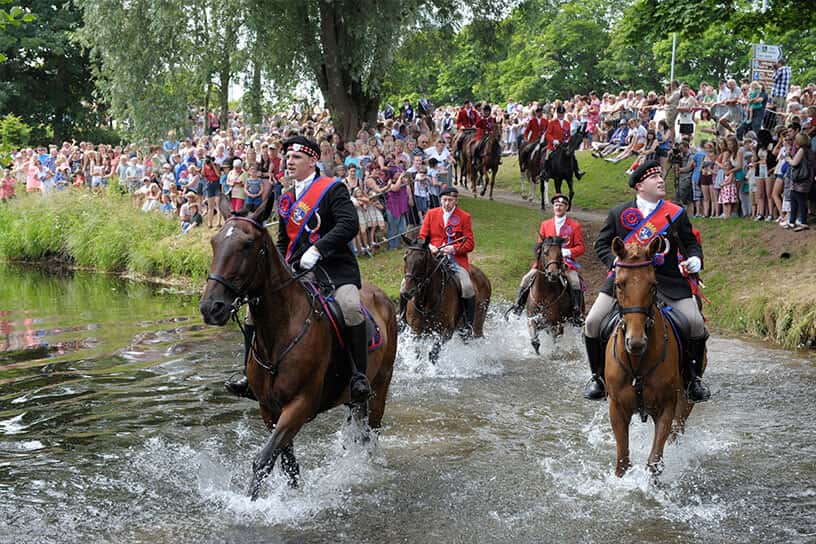|
As the 2019 Common Riding season is now well underway which sees many Border towns celebrate their unique but common heritage as they ride their historic boundaries throughout summer, this month’s guest post written by Rosemary Dixon – Smith could not be more appropriate. Initially I had thought of writing an introduction to her piece, but then thought no, and my reasons for this are tri-fold. To begin with, Rosemary (Mole) is a first rate genealogist and family historian based in South Africa. Secondly, she will need no introduction to regular readers of my blog, as she first acquainted us with her own Smith Family of Northumberland back in June 2016. Thirdly, her article stands so well on its own it does not require any preamble from me! In reading it, I hope that readers will be inspired to adopt Rosemary’s principle and take some time to think ‘outside of the box’ when researching their own family history. I have merely added some notes and links that may be of interest or use at the end. Smiths at Fenwick and the last Border Raid |
| Moles Genealogy Blog Though South African ancestry is of particular interest to me, there are no boundaries in family history. I have traced my own and other peoples' ancestors in the UK, Canada, US, Australia,and Europe. My special field is Natal - settler families, maritime history, Anglo-Zulu and Anglo-Boer Wars; favourite pursuits: dating photographs, costume history, the history of slavery, lighthouses, history of India and the Indian diaspora, explorers, missionaries, ships; shipwrecks, British history, militaria. Comments on my blog or questions welcomed. If you a question for Rosemary or would like to contact her you can do so here |
Author
Susie Douglas
Archives
August 2022
July 2022
June 2022
May 2022
April 2022
March 2022
February 2022
January 2022
December 2021
November 2021
October 2021
September 2021
August 2021
July 2021
June 2021
May 2021
April 2021
March 2021
February 2021
January 2021
December 2020
November 2020
October 2020
September 2020
August 2020
July 2020
June 2020
May 2020
April 2020
March 2020
February 2020
January 2020
December 2019
November 2019
October 2019
September 2019
August 2019
July 2019
June 2019
May 2019
April 2019
March 2019
February 2019
January 2019
December 2018
November 2018
October 2018
September 2018
August 2018
July 2018
June 2018
May 2018
April 2018
March 2018
February 2018
January 2018
December 2017
November 2017
October 2017
September 2017
August 2017
July 2017
June 2017
May 2017
April 2017
March 2017
February 2017
January 2017
December 2016
November 2016
October 2016
September 2016
August 2016
July 2016
June 2016
May 2016
April 2016
March 2016
February 2016
January 2016
December 2015
November 2015
October 2015
September 2015
August 2015
July 2015
June 2015
May 2015
April 2015
March 2015
February 2015
January 2015
December 2014
November 2014
October 2014
September 2014
August 2014
July 2014
June 2014
May 2014
April 2014
March 2014
February 2014
January 2014
December 2013
November 2013
October 2013
September 2013
August 2013
July 2013
June 2013
May 2013
April 2013
March 2013
February 2013
